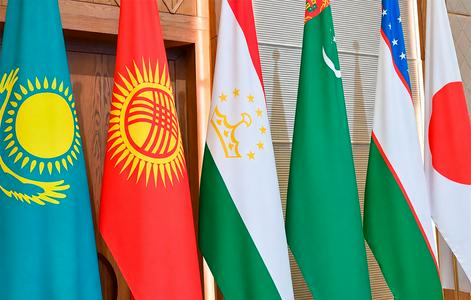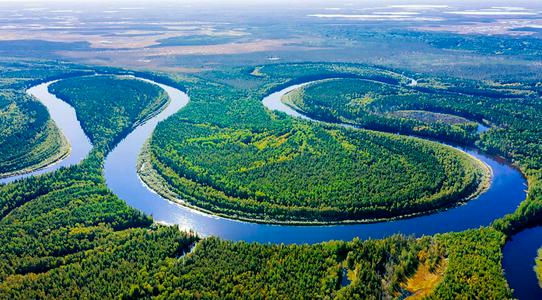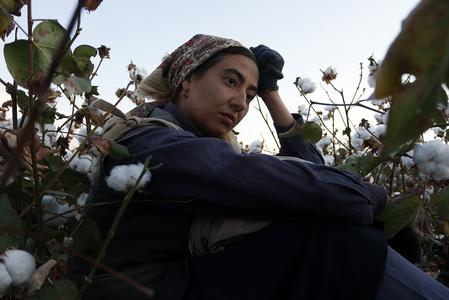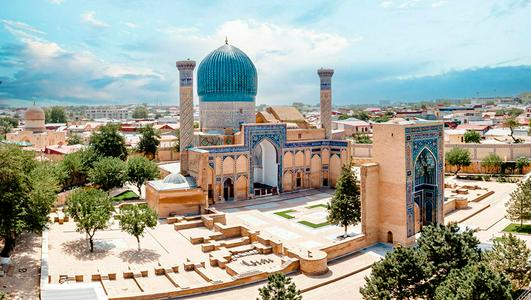Tajik President Emomali Rahmon has called the disappearance of glaciers a serious crisis that could negatively affect the lives of millions across Central Asia. He made the statement at the opening of the first high-level international conference on glacier preservation, held in Dushanbe, according to the presidential press service.
Rahmon emphasized that glaciers are one of the primary sources of drinking water, making their preservation essential for achieving the majority of sustainable development goals.
He also warned that glacial melt poses serious risks to mountain communities, leading to floods, mudslides, and landslides that cause extensive damage to infrastructure. With 93 percent of Tajikistan’s territory consisting of mountainous regions, the country remains highly vulnerable to natural disasters.
According to Rahmon, 1,300 of Tajikistan’s 14,000 glaciers—which generate about 60 percent of the country’s water resources—have already melted entirely, and the process continues.
This trend reflects a broader global pattern. Climate change has already led to the loss of one-third of the world’s mountain glaciers. Experts say the most dramatic environmental losses occurred in 2023, when 600 gigatons of freshwater vanished, contributing to a rise in global sea levels.
In light of these developments, Rahmon urged all stakeholders to support the implementation of a proposed “Decade of Action on Cryospheric Science.”
He also outlined several measures to help preserve glaciers:
✅ Raising international awareness about the critical role glaciers play in providing drinking water;
✅ Strengthening global cooperation, including the active involvement of scientists, researchers, civil society, and other stakeholders;
✅ Organizing comprehensive monitoring and scientific research to better understand glacial dynamics and their impact on ecosystems;
✅ Taking collective action to address the socio-economic consequences of rapid glacial melt;
✅ Mobilizing financial and technical resources to support initiatives for glacier protection, including the International Glacier Preservation Fund.
“Our main goal is to preserve these vital resources through effective and collective action by the international community—for the sake of both present and future generations,” Rahmon concluded.










